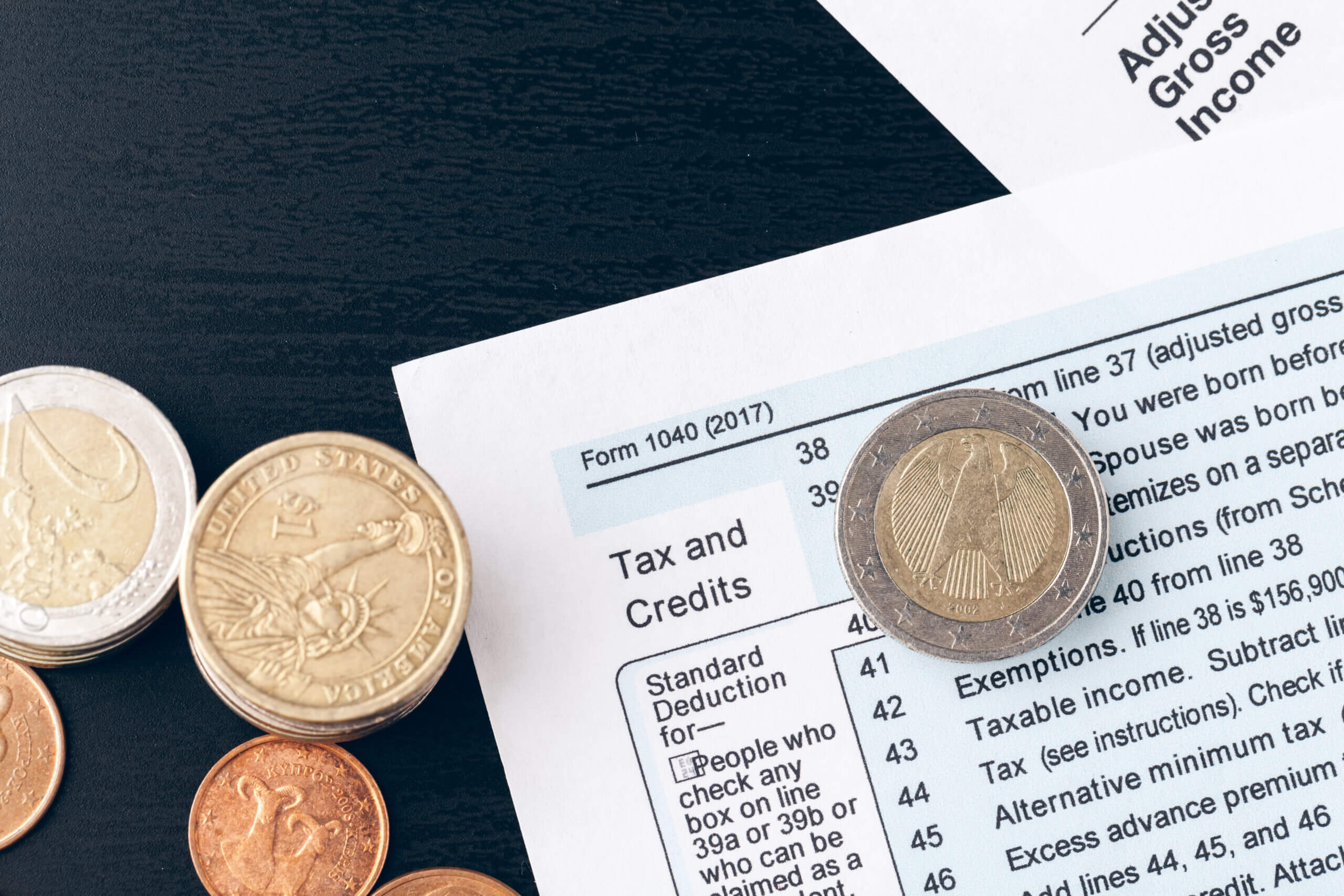The American Opportunity Tax Credit is an excellent tax benefit related to qualified education expenses paid during a student’s first four years of higher education. The credit can be worth up to $2,500 annually, and it is available for each qualifying student.
Qualified education expenses under the American Opportunity Tax Credit include tuition, enrollment fees, and course materials.
Tuition must be paid to an eligible educational institution, which generally includes any accredited public, nonprofit or proprietary (private) college, university, vocational school, or other postsecondary institution.
Student activity fees are only included as qualified education expenses if they are paid as a condition of enrollment or attendance. Student health fees are not included as part of this expense, but they are considered a medical expense.
Course materials include books, equipment, and supplies. The materials are not required to be purchased directly from the school to qualify. Books are typically limited to the textbooks needed for a course. Supplies are more general, and they consist of highlighters, pens, pencils, etc. Also, laptops and tablets, which are now staples in higher education, qualify as eligible equipment.
If you do not purchase your course materials directly from the school, the items will not be included on the Form 1098-T, which is provided by the university. You will need to track these costs, in addition to the amounts reported on the Form 1098-T, so all qualifying expenses can be captured on your income tax returns to maximize the credit.
Qualified education expenses never include personal expenses. Room and board, insurance, medical expenses, transportation, and other living costs are examples of nonqualified personal expenses. Additionally, the amount of qualified education expenses is reduced by any amounts received for scholarship, which is excluded from gross income. The amount of the scholarship will also be reported on the Form 1098 -T.








